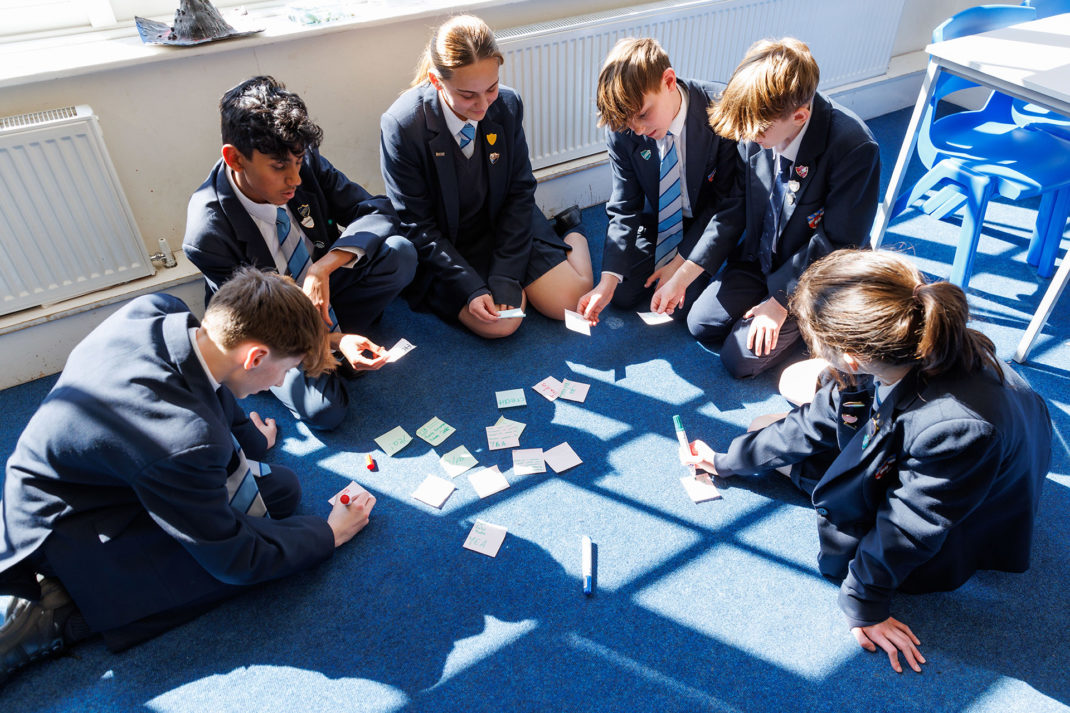Dangers of not diagnosing neuroatypical children
By
6 years ago

Missed Opportunity
Psychologist Josephine Storek warns parents about the dangers of not diagnosing neuro(a)typical children
Many of the most important discoveries driving progress were made
by minds that were not only beautiful, but also ‘neuroatypical’, as opposed to the more mainstream ‘neurotypical’. Without these extraordinary minds, we would not have lightbulbs, laws of gravity, calculus, computers, cars, navigation systems, travelled to the Moon or remain enchanted by Mona Lisa’s smile. Newton, Mozart, Picasso, Michelangelo, Agatha Christie, Henry Ford, Thomas Jefferson, Henry Cavendish, Leonardo da Vinci, Thomas Edison, Einstein and, more recently, Bill Gates, Steven Spielberg, Michael Phelps, Jerry Seinfeld, Whoopi Goldberg or Monica Bales. The list is vast. It seems disingenuous to showcase famous names, but it is crucial to realise that many of the individuals that we hold up as role models experienced profound difficulties throughout their lives. Sadly, many neuroatypical minds were, and continue to be, misunderstood or shunned by society, often
out of ignorance, shame and fear.

(Getty Images)
As, slowly, research and education inform a growing awareness of neurodiversity, society is starting to appreciate the many unique talents and remarkable knowledge of neuroatypical individuals that are critical to resolving the existential challenges facing us. Despite notable improvements, however, I am concerned about the number of children who are missed, misdiagnosed, denied appropriate treatment and/or accommodations that would allow them to flourish and enjoy education. Too many children and adolescents continue to be taught with strategies that are ineffective to their specific needs and therefore lose curiosity and love for learning. At worst, they drop out of education prematurely with impacted self-esteem. Many suffer heightened anxiety, depression or even self harm.
Approximately five per cent of all children have learning difficulties, such as dyslexia, one in every 60 to 80 children has attention deficit and one in every 80 to 100 children is on the autistic spectrum. These figures are parsimonious. There are profound gender differences in the expression of many of these conditions that lead to under-identification in girls, partially due to differing observable symptoms, dissimilar age of onset and theoretical models and assessment tools hat are skewed towards males.
For every four boys diagnosed with ADHD or autism, only one girl is diagnosed. Yet adult diagnostic rates for both ADHD and autism reveal equal ratios, suggesting we have around 200,000 undiagnosed autistic
girls in the UK. Of children with AD, only 0.35 per cent of girls compared to 1.5 per cent of boys receive treatment. This means that not only are girls underdiagnosed, they are less likely to receive suitable treatment, which then impacts on their mental health.

(Getty Images)
As most learning and behavourial difficulties are genetic and hereditary, parents of children diagnosed often discover they share the condition and find it difficult to admit to. Concerns may be natural, but honesty is the best strategy. Most diagnosed children have already worked out that they are different, even if they haven’t told their parents. And schools need a proper diagnosis and learning plan to best support children with learning difficulties. Parents worry that a ‘labelled’ child might be asked to leave school or placed in special education but they suffer most if parents try
to work alone to hide the condition and delay treatment plans.
So, empower yourself, your child and family through education. Be prepared to ‘educate the educators’ and include members of the school as part of your team, explaining your child’s specific needs. Good will is there but without knowledge, it’s not enough. At the end, only your child will suffer, as is evidenced by the rampant mental health crisis that we are currently experiencing.
This article was originally published in School House Magazine, AW19. Read more here.



